How to Be Happier in January Than in July
Do you suffer from the winter blues—or something deeper—this time of year? Here are nine ways to get through the bitterest days.
By Jena Pincott
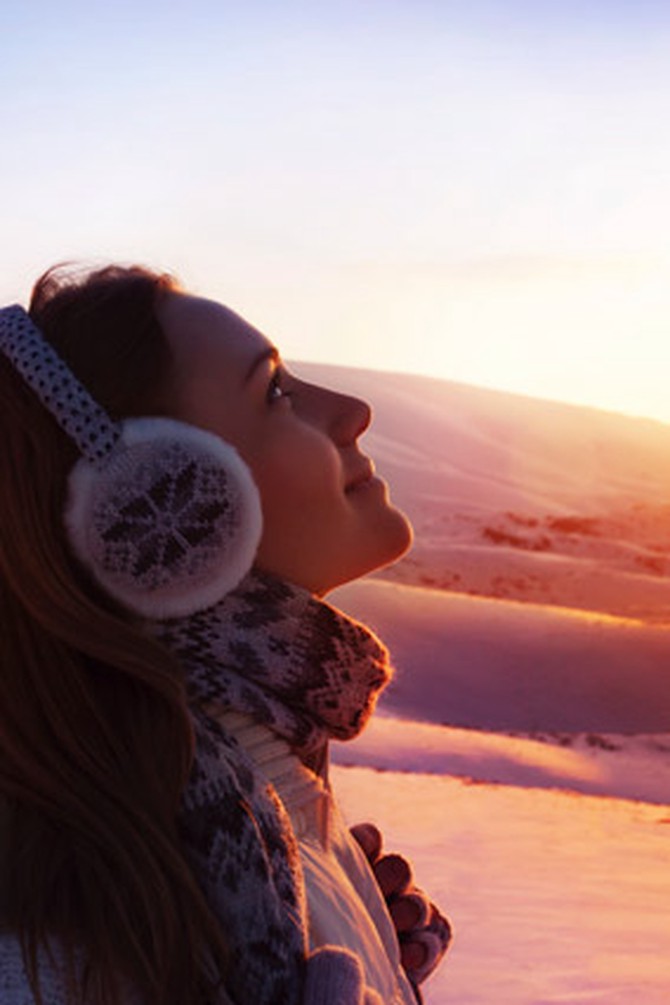
Photo: Thinkstock
Worship the Morning Sun (Even If It’s Weak and Unimpressive)
The sun salutation—a yogic series of backbends and prostrations traditionally performed under the rising sun—raises energy levels and boosts moods. But, scientifically speaking, anything you do in the morning light—as long as your eyeballs are exposed—may be beneficial. Many researchers have found that the morning light (6 a.m. to 9 a.m.) is significantly more effective in curing winter depression than the late afternoon or evening light. Why would dawn trump dusk? We’re still in the dark; researchers speculate that waking up early may therapeutically alter the onset of melatonin secretion and correct body rhythms that, due to a later sunrise, drift in the winter. The bottom line: Immediately after waking up, bask in 30 to 45 minutes of morning sunlight. It’s stronger than it looks.
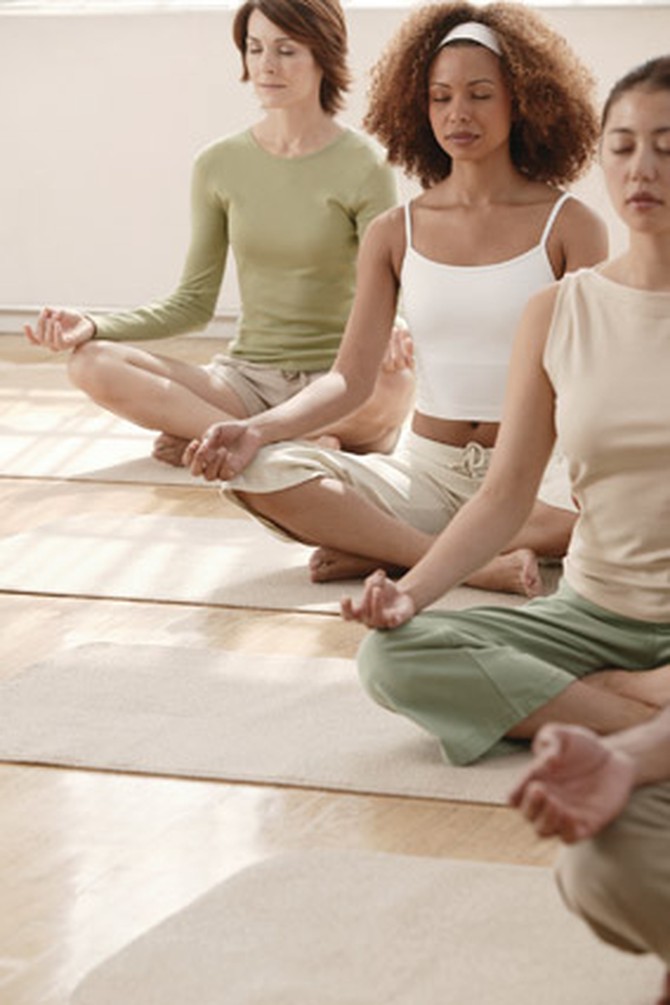
Photo: Thinkstock
Transcend the Cold
Really, it’s possible to feel less cold than you are. When asked to plunge their hands into a bowl of ice water, people who practiced spiritual meditation during an experiment at Bowling Green University had a much higher tolerance for the cold than their peers who practiced relaxation exercises. (They were also more upbeat and less anxious.) In the two weeks prior to the experiement, for 20 minutes daily, these hardier, happier, hotter-blooded souls had meditated on a spiritual mantra—God is great, God is joy, God is peace, God is love (or, like them, you can use a term instead of “God” that best suited their spirituality—e.g., “Mother Earth” or "the universe").
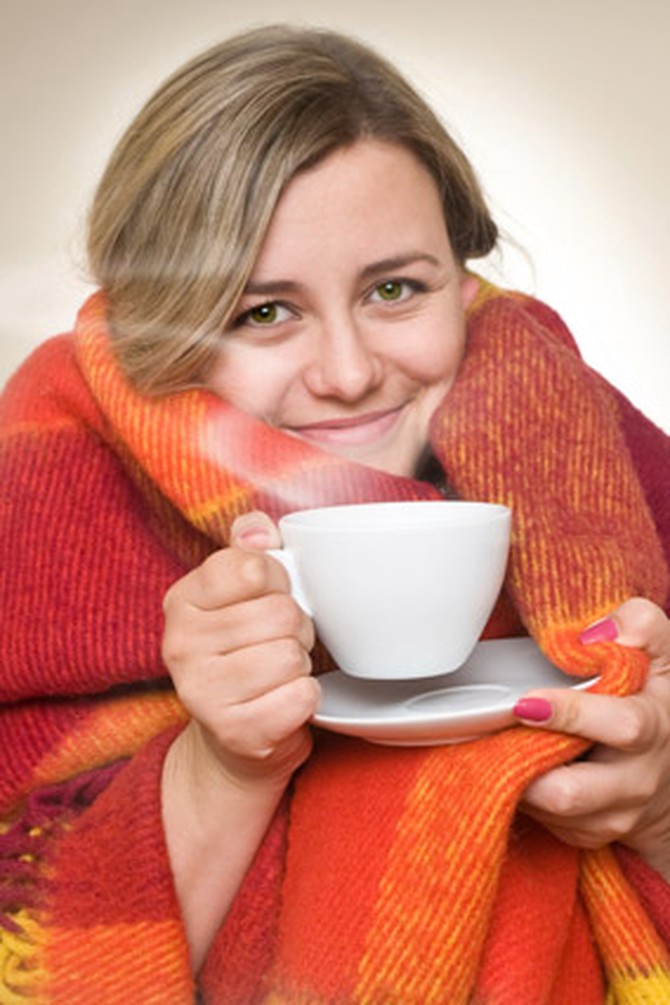
Photo: Thinkstock
Return to a Brighter and Cozier Time
If meditating isn’t your thing, try remembering. Nostalgia is a heater, finds a new study at the University of Southampton in England. In five different experiments, people who invoked sweet, sentimental memories felt physically warmer than those who were asked to recall ordinary events. When the nostalgia group sat in a freezing cold room, they perceived the place as warmer. What happens when you focus on fond memories? Your mind, blanketed in bright and cozy times, tricks your body’s nervous system into thinking you’re more comfortable. This winter, if you find your thoughts drifting back to your Caribbean honeymoon, the sleep-away camp of your childhood, or another bend on Memory Lane, it’s your brain’s way of taking a retreat from the cold. Surprisingly, even feeling a freeze can fire up old memories.

Photo: Thinkstock
Trick Your Body Into Thinking It’s Summer
You’re in Bora Bora—that’s what you want your body to believe when you’re lazing under a 10,000-lux, cool fluorescent light box, with eyes wide open, for a half-hour daily. This therapy is commonly prescribed to people who suffer from full-blown seasonal affective disorder (SAD). Clinically, SAD affects about 6 percent of Americans—the majority of these are women in their 20s to 40s—and many more of us suffer from the milder “winter blues.” For the sunshine-deprived, light boxes are available online for $200 or less.
But unlike sunlight, the light box doesn’t trigger your body to produce vitamin D, which regulates brain health. As many as one in three of us have clinically low levels in the wintertime, and a deficiency may be related to depression. (People in Scandinavian countries eat a lot of vitamin-D-rich fish, which may explain why they have a lower rate of SAD despite the elusive arctic sun.) If you’re D-deficient and herring’s not to your taste, your doctor will likely recommend a supplement.
But unlike sunlight, the light box doesn’t trigger your body to produce vitamin D, which regulates brain health. As many as one in three of us have clinically low levels in the wintertime, and a deficiency may be related to depression. (People in Scandinavian countries eat a lot of vitamin-D-rich fish, which may explain why they have a lower rate of SAD despite the elusive arctic sun.) If you’re D-deficient and herring’s not to your taste, your doctor will likely recommend a supplement.
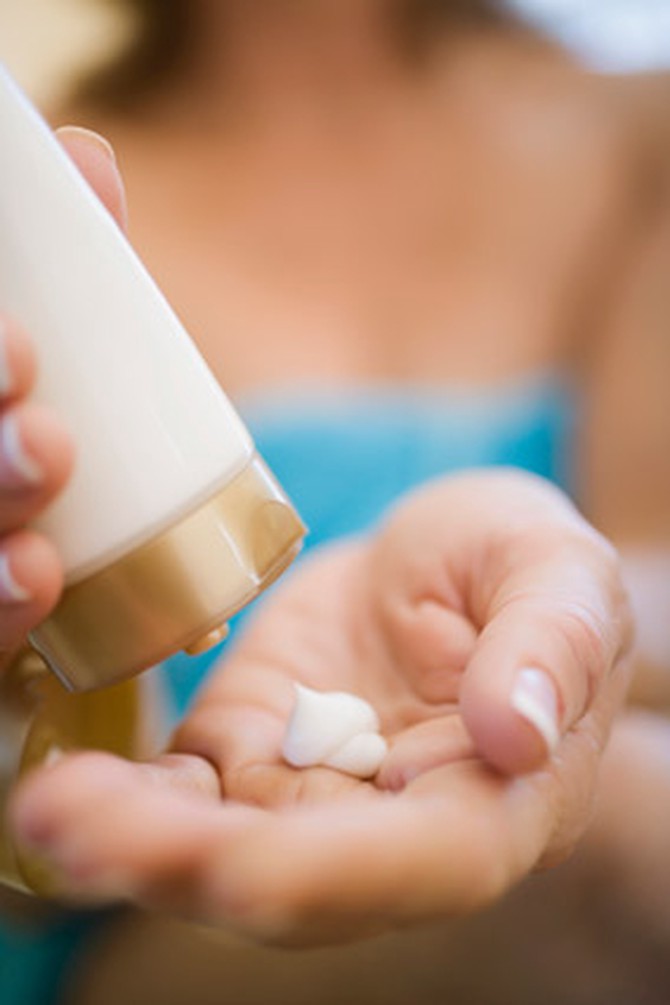
Photo: Thinkstock
Warm Your Hot Spots
Much of the time, our sight trumps all of our other senses. But touch takes over when we’re feeling cold, sick, depressed and vulnerable. Chris Janiszewski, a business-school professor at the University of Florida, found that depressed consumers have a deeper appreciation for how a rich lotion feels when caressed into the skin, whereas people who feel neutral or upbeat focus on how it looks. Touching—and being touched—are restorative because they signal the presence of a protector. “The most receptive areas are the scalp, back and forearms,” says Janiszewski. For the winter blahs, a steamy whirlpool bath or a massage chair—or, better yet, a hands-on massage—have more therapeutic potential than anything you lay your eyes on. (Except sunshine.)
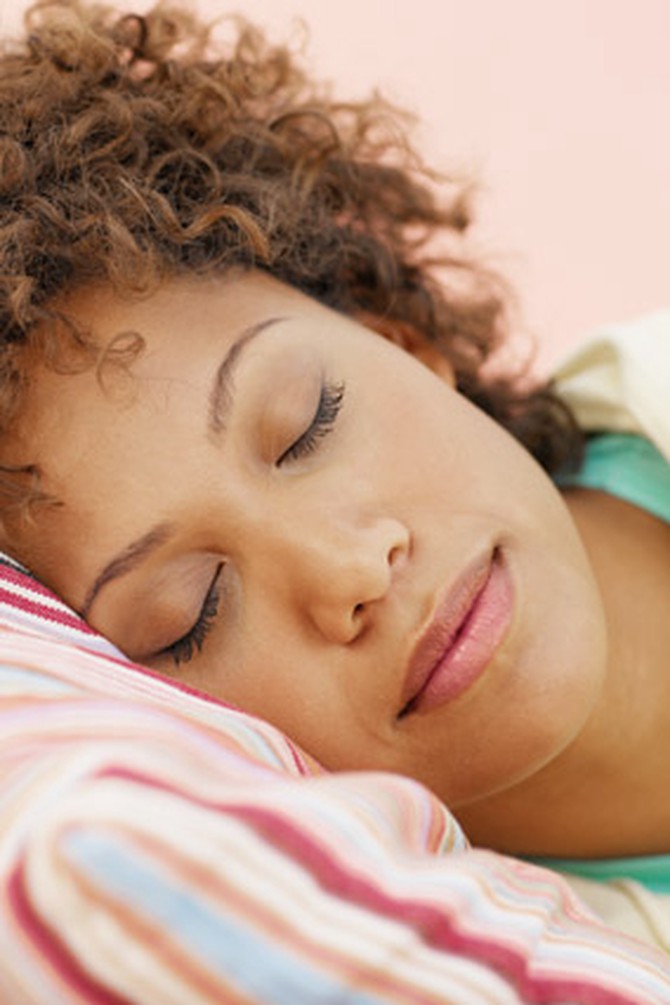
Photo: Thinkstock
Enjoy the Best Beauty Rest of the Year
As the number of daylight hours decreases in late fall and winter, the pineal gland amps up its production of melatonin, a hormone that makes us feel sleepy. The witching hour comes early and swiftly, and with it a melatonin-induced spell of drowsiness. Add to this optimal sleep conditions: Your bed is warm and cozy; the outside world is cold and crepuscular. This is it—the best time of year to get the most sleep naturally (so long as our social calendars don't keep us up).
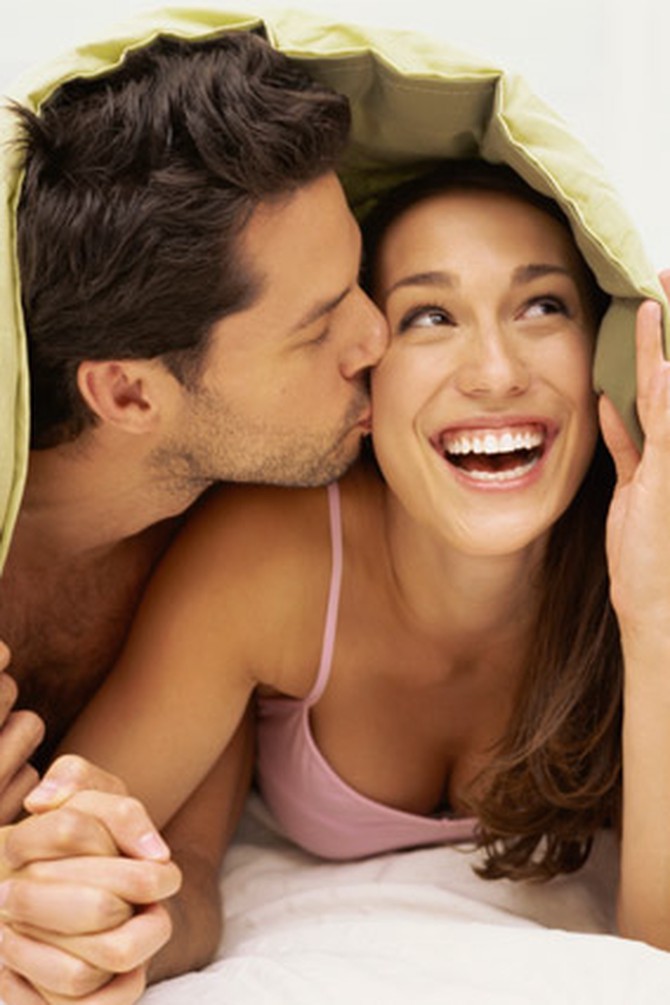
Photo: Thinkstock
Follow Your Libido
While you’re in bed, why not find someone to help keep it warm? Conveniently enough, the region of the brain that stimulates the release of sex hormones, the hypothalamus, is sensitive to light and circadian rhythms. In autumn, as daylight hours decrease, testosterone levels—which are associated with libido—increase slightly. Around this time, says John Sharp, a Harvard neuropsychiatrist and author of The Emotional Calendar, men and women start to date seriously, and as winter proceeds, the heat is on to find a long-term partner. Come December, Internet keyword searches related to sex and dating soar. This is when sales of Trojan condoms reach a peak, and so do conception rates. In the U.S., more babies are born nine months later, in September, than any other month of the year.

Photo: Thinkstock
Resort to the Cocoa Cure
Perhaps the most compelling way to warm up to winter: hot chocolate. The wintertime treat is rich in chemicals that enhance dopamine, a neurotransmitter than boosts mood. Compared to controls, volunteers who drank a cocoa drink in a recent study at Northumbria University in Britain performed better on cognitive tasks, had more mental stamina and were in better spirits. Credit goes to chemicals called flavonols—compounds in cocoa that have been found to increase cerebral blood flow and brain activity.
Even if all you do is clutch the cozy, steaming mug, you may find yourself feeling more positive and receptive. In an experiment at Yale University, researchers asked volunteers to handle a hot cup before evaluating a stranger. Compared to people who held a cold cup, hot-handlers gave the stranger more favorable ratings, perceiving her as warmer. It’s a trick of the insula: Physical warmth activates the same neural circuits in the brain associated with feelings of emotional warmth. Warmer hands, warmer heart.
Even if all you do is clutch the cozy, steaming mug, you may find yourself feeling more positive and receptive. In an experiment at Yale University, researchers asked volunteers to handle a hot cup before evaluating a stranger. Compared to people who held a cold cup, hot-handlers gave the stranger more favorable ratings, perceiving her as warmer. It’s a trick of the insula: Physical warmth activates the same neural circuits in the brain associated with feelings of emotional warmth. Warmer hands, warmer heart.

Photo: Thinkstock
Do The One Thing Proven to Cure You
“I like these cold, gray winter days. Days like these let you savor a bad mood,” said the comic artist Bill Watterson. But if your sense of humor has gone cold, and nothing—not even a light box—helps, then it’s time to visit a mental-health professional, who may suggest cognitive behavioral therapy (CBT). In the short run, the two traditional therapies (light box and CBT) are equally effective. But when researchers at the University of Vermont tracked patients the following winter, they found that the CBT group was much less likely to relapse than light-box users and even those who used a combo of the two therapies. The explanation: Relapsers over-relied on light boxes, which they stopped using consistently. Only the sufferers who used CBT alone changed their attitude—and that lasts.
Next: 21 ways to blast away the winter blahs
Next: 21 ways to blast away the winter blahs
Published 12/28/2012

